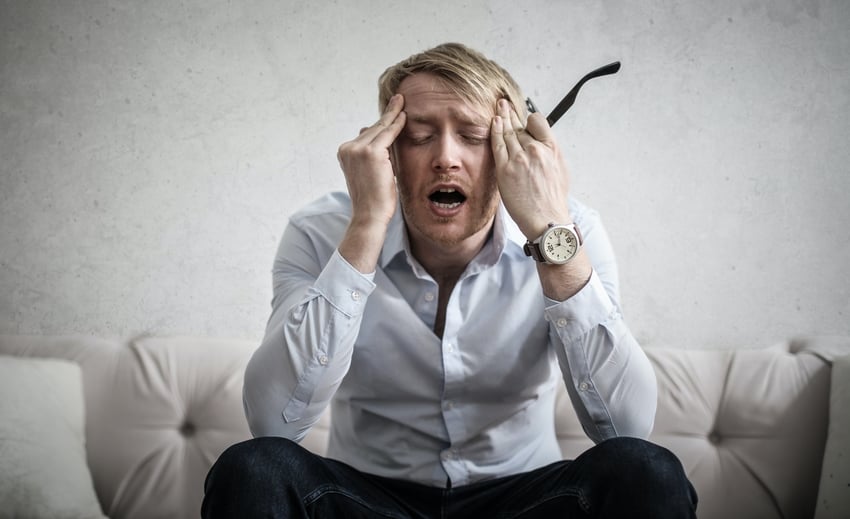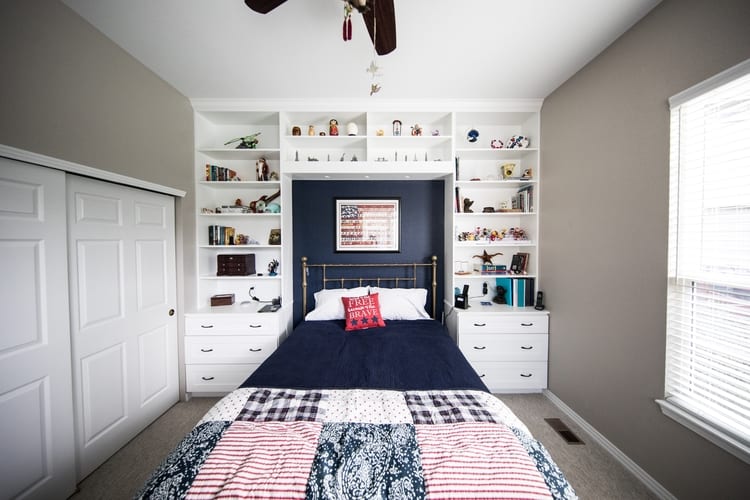Last Updated on December 24, 2022
Adequate humidity is not only required for our wellbeing and comfortability but also for accessories to work properly. Similarly, relative humidity in the environment affects drying and curing of paints directly and indirectly.
Using a dehumidifier will reduce drying time for water-based paints that are mostly used and evaporate water to harden. Dehumidifier reduces relative humidity which increases the evaporation rate, causing the paint to dry quicker. However, it will have little impact on oil-based paints as they dry by oxidation rather than evaporation.
Very high as well as very low moisture content is unfavorable for paints to dry and cure correctly. Also, effects of humidity differ for different types of paint. For example, for oil paints, humidity will have much lesser impact on its drying times than temperature.
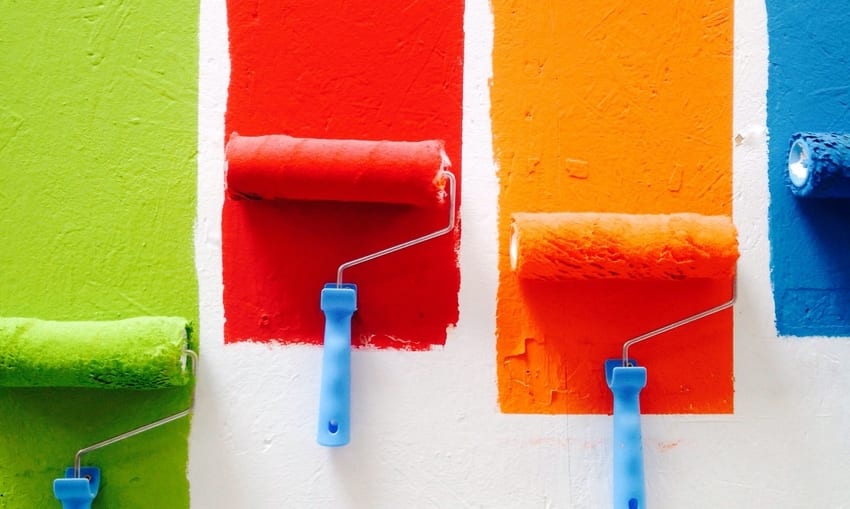
I have been researching this topic for quite a while. I don’t say this often but there is so much misinformation out there. Worry not, I will try to discuss all of it, especially impact of dehumidifier on particular type of paint you are using besides other variables.
Hope you enjoy this article and in the end reach to a conclusion if using dehumidifier will work in your specific case.
Will Dehumidifier Dry Paint Quicker?
What Kind of Paint Are You Using?
It is crucial to identify the type of paint you are working with, before you can expect any results by using a dehumidifier with that specific paint.
There are several types of paints available and used. Generally, most commonly used, especially for walls and surfaces are Water-based paints and Oil-based paints.
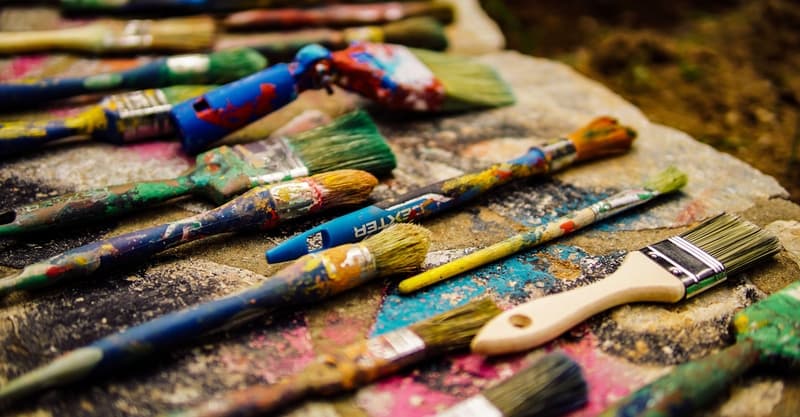
Water-based paints are becoming widely popular with time. They are convenient to use, dry faster and eco-friendly.
Oil-based paints on the other hand consist of VOCs (Volatile Organic Compounds) that are harmful for the person applying them as well as for the environment.
Specifically taking drying times into consideration, without use of any additional aids and with normal environmental conditions, water-based paint dries 8-12 times quicker than oil-based paint. This also means it will be ready for next coat quicker.
| Type of Paint | Oil-Based Paint | Water-Based Paint |
| Dry To Touch | 6 to 8 hours | 30 to 60 minutes |
| Ready For Next Coat | 16 to 20 hours | 2 to 3 hours |
| Completely Cured | 2 to 3 days | 1 to 4 weeks |
Despite extended drying times, a good thing about oil-based paints is more durability to wear and tear.
Water-based paints however have better protection from UV-rays and are less likely to crack resulting from expansion of surfaces like wood due to humidity and other variables.
Impact of Dehumidifier on Drying Time of Your Paint
The reason why type of paint you are using matters is that use of any additional assistance for speeding drying process will work, or not work, based on principle of drying.
Water-based paints dry when water, that acts as solvent in them, evaporates into environment after application. Pigment that is left behind hardens and develops a finish.
This means by increasing rate of evaporation you will allow water-based paint to dry quicker. This also implies that it will be ready for a recoat earlier.
Running a dehumidifier will be a perfect way for speeding up evaporation by lowering overall relative humidity indoors.
Let me tell you why?
Actually, relative humidity has an inverse effect on rate of evaporation of water.
Lower the humidity in the environment, lesser will be concentration of water molecules in the air and greater will be rate of evaporation of water.
As a result, water-based paints will dry and harden much quicker by use of dehumidifier.
A Catch with Oil-Based Paint When Using Dehumidifier
Oil-based paints dry by a different process compared to water-based paints.
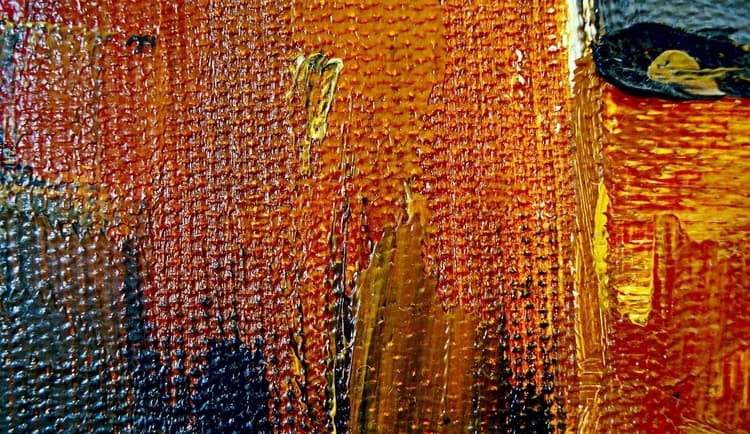
Unlike water-based paints, that dry by a physical process i.e., evaporation, oil-based paints dry and harden by a chemical process known as oxidation. Oxygen in air reacts with paint to form a thick layer.
Reducing moisture in air will only improve evaporation of water. It will not affect oxygen content in it. Thereby running dehumidifier will not make much difference in drying process of oil-based paints.
However, in order to supplement drying of oil-based paints, you could increase temperature and assure good ventilation. This will help decrease hardening and curing time of oil-based paint.
Why high humidity Is Bad for Paints?
High humidity in environment as well as surface of application will have negative effects on paint (even for oil-based paints).
For oil-based paints, high moisture content in air may not have much effect on hardening, but this is something that matters after application.
Before application of oil-based paints, if the surface of application is wet, paint will not stick. The reason for this is repulsion of oil-based paint from water.
Actually, when you apply layer of oil-based paint on a humid surface, a layer of water in between paint and surface will prevent its adhesion with the surface.
In this regard, latex or water-based paint is more reliable, as small amounts of moisture on surface will not affect its adhesion.
As far as water-based paints are concerned, they are affected negatively by very high humidity during and after application.
- High humidity will delay its drying by inhibiting the process of evaporation.
- If humidity is sufficiently high, there is a worse phenomenon that could happen called “surfactant leaching”. It is development of soapy, sticky and oily brown streaks after application of paint.
In this phenomenon, ingredients critical to paint characteristics, known as surfactant, can leach out after adverse conditions including low temperature, high humidity and lack of ventilation. - Water based paints, though less susceptible to cracking, are less durable for hostile weather conditions, that include high humidity as well as high temperature.
This can especially be a problem when you use them outdoors as these variables are not easy to control outdoors.
How Much Dehumidification for Best Paint Results?
As, I said earlier, humidity affects both water-based as well as oil-based paints, but in different ways.
In general, for best paint results, recommended relative humidity is from 40 – 50% and it should be no more than 85%.
In this too, you will have different experience with oil-based and water-based paints.
Let me elaborate
When using water-based paint, you may have humidity in air within this range, but what after you apply the paint.
After you apply latex or water-based paint on walls of a room, a large quantity of water will evaporate during its drying process. So even though you have suitable humidity indoors, it will increase immensely after application of paint.
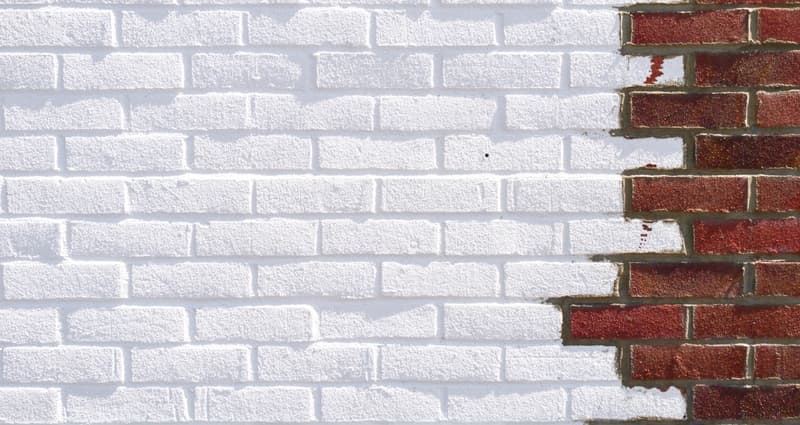
This is when you use a dehumidifier. It would help keep recommended humidity levels before as well as after application of paint and at the same time reduce drying times.
There is one more thing I want to discuss. Many articles I read online make a big deal about paint finish by reducing drying times.
Yes, many companies say drying paint too quick may affect finish, but this happens in adverse and extremely low humidity conditions.
After a lot of research, my opinion, if you have high humidity in the room, where water-based paint is applied, it is highly unlikely for a normal dehumidifier prescribed for an area to achieve a value this low. So don’t worry about this.
When To Turn ON Your Dehumidifier for Drying Paint?
So, you have high humidity and you want paint to dry quicker (for latex paint) and get good results. When should you turn ON your dehumidifier?
Scenario 1
If relative humidity is roughly in the prescribed range i.e., 40 to 50%, it would be suitable to use it after application of water-based paint. This is when moisture content in room environment will increase to unsuitable levels.
Scenario 2
If humidity is very high, or the surface has moisture stored in it like wet wood, or both, I recommend using your dehumidifier before application of paint for oil-based as well as water-based paint.
Allow surface to be painted completely dry and reduce relative humidity to recommended range by running dehumidifier, then start painting. However, for water-based paint you may use it after application too for quicker drying times.
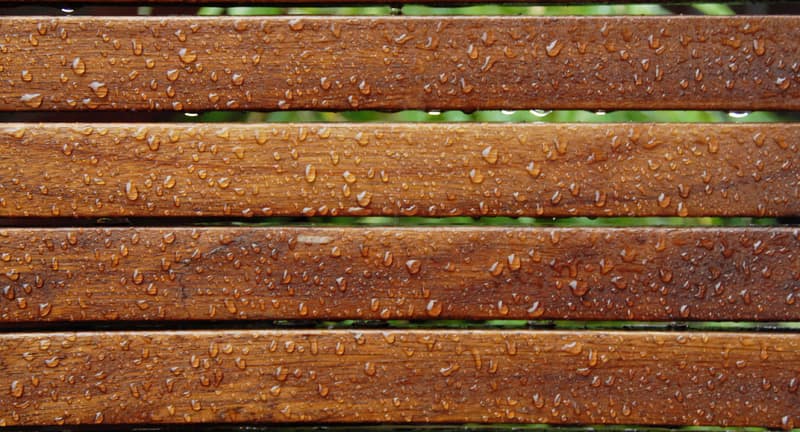
Note: Using dehumidifier before painting in 2nd scenario is especially recommended for oil-based paint as water can ruin its adhesion with the surface preventing it from sticking properly.

